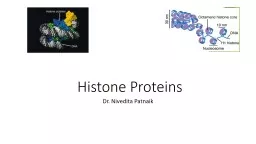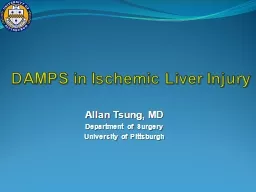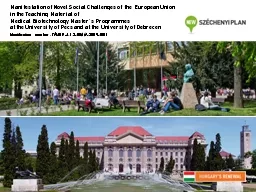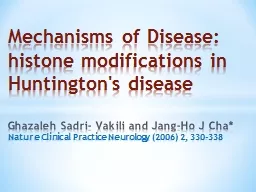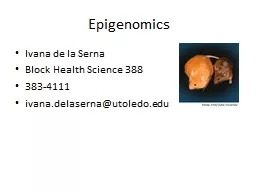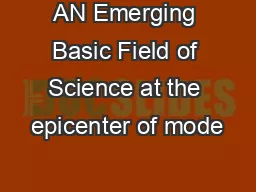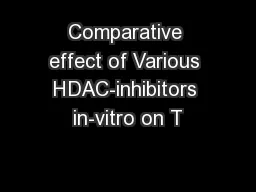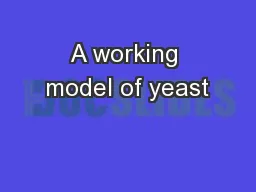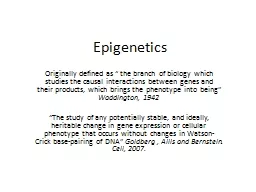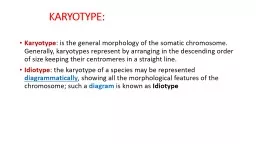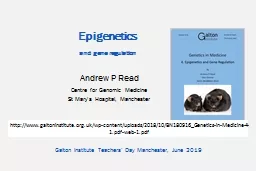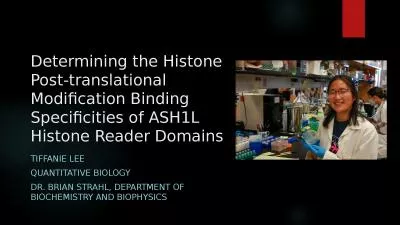PPT- Histone Proteins Dr. Nivedita Patnaik
Author : sportyinds | Published Date : 2020-06-23
Chromatin is made of repeating units of nucleosomes which consist of 146 base pairs of DNA wrapped around an octamer of four core histone proteins H3 H4 H2A and
Presentation Embed Code
Download Presentation
Download Presentation The PPT/PDF document " Histone Proteins Dr. Nivedita Patnaik" is the property of its rightful owner. Permission is granted to download and print the materials on this website for personal, non-commercial use only, and to display it on your personal computer provided you do not modify the materials and that you retain all copyright notices contained in the materials. By downloading content from our website, you accept the terms of this agreement.
Histone Proteins Dr. Nivedita Patnaik: Transcript
Download Rules Of Document
" Histone Proteins Dr. Nivedita Patnaik"The content belongs to its owner. You may download and print it for personal use, without modification, and keep all copyright notices. By downloading, you agree to these terms.
Related Documents

